In the food manufacturing industry, the safety and integrity of the products is every producer’s first priority. Verifying that foods are free from foreign materials is important for regulatory compliance and upholding consumer trust and brand reputation. Food X-ray inspection equipment for rework and recovery is the leading frontline defense in this quality assurance battle, able to detect a range of unwanted foreign bodies. Choosing the right food X-ray inspection equipment with accuracy, adaptability, and compliance in mind is the best way to guarantee food product safety.
Accuracy
At the heart of X-ray inspection technology is the ability to accurately identify and remove products contaminated with foreign materials. The right equipment can discern between product and contaminant with precision, catching metals, glass, stones, bones, and some plastics and rubbers that could have slipped into the food during processing. High accuracy in detection means fewer false rejects, which in turn reduces waste and improves the efficiency of the manufacturing process. This level of accuracy isn’t just about the capability of the hardware; it’s also about the sophistication of the software that interprets X-ray images and the support and expertise of the provider.
Food Inspection Needs
Tailoring the equipment to specific food inspection needs is without doubt the first thing to look for. The type of food product, its packaging, and the stage at which inspection occurs all influence what kind of X-ray system is appropriate. For bulk products, a different setup might be required compared to packaged goods. Liquids, slurries, and semi-solids will have different inspection demands than solid foods. The decision here hinges on understanding the nature of the products and the most likely types of foreign material that could be present, such as metals (ferrous, non-ferrous and stainless steel including small shavings), glass, stone, bones (beef, pork, chicken and turkey), dense or inorganic plastics/rubber, making sure that the selected X-ray system can detect foreign bodies with high reliability.
Lightweight and Low-Density Materials
Traditional X-ray systems have been able to detect heavy and dense materials, but modern food manufacturing often uses lightweight and low-density packaging materials that can pose a challenge. The right X-ray inspection equipment must be capable of distinguishing between these packaging materials and any potential foreign bodies. This requires an advanced level of sensitivity and the ability to calibrate to the specific density of the food and packaging.
Minimizing Cross-Contamination Risks
The equipment chosen should be designed to minimize the chances of cross-contamination. This means looking for systems with easy-to-clean surfaces, minimal product traps where bacteria can grow, and features that prevent the spread of allergens or other foreign bodies between batches of food.
Compliance with Industry Standards
Staying compliant with industry standards and regulations is a non-negotiable aspect of food manufacturing. X-ray inspection systems should meet or exceed all relevant food safety standards and guidelines. This includes being able to keep detailed records of inspections and rejects, which can be critical in the event of a food safety audit. Manufacturers need to check that their equipment is up-to-date with the latest regulations, including any updates to the Food Safety Modernization Act (FSMA) or global standards such as those set by the British Retail Consortium (BRC).
Output and Food Waste
Choosing the right X-ray inspection equipment can also have a significant impact on a manufacturer’s output and levels of food waste. More accurate systems reduce the number of false positives, meaning that less food is discarded unnecessarily. Truly efficient systems can keep pace with production lines, so that inspection does not become a bottleneck. This balance between speed and accuracy is critical to maintaining the flow of production while still protecting against the risks of foreign materials.
Contact Xray Reclaim for Food X-Ray Inspection Equipment to Detect Foreign Material with Higher Accuracy
For food manufacturers looking to upgrade their foreign material detection capabilities, Xray Reclaim carries sophisticated food X-ray inspection equipment designed with higher accuracy in mind. Calibrated to the nuances of different food products, Xray Reclaim provides tailored solutions for the needs of food manufacturers. Contact us to learn more about our food X-ray inspection equipment.

